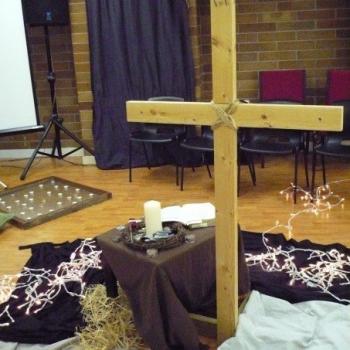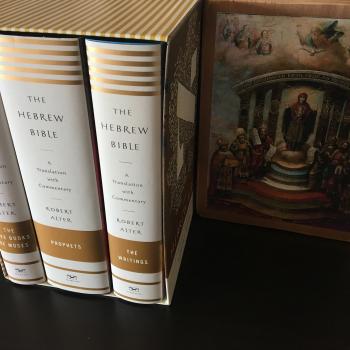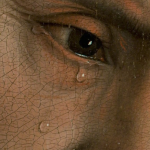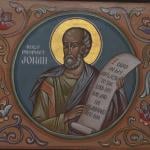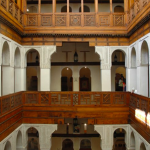Mark Driscoll is said to be “obsessed with authority” and “church discipline.” Paul Petry and Bent Meyer were fired for questioning authority. Maddening stories have emerged onto the blogosphere about how ex-members were “shunned” when they questioned the hierarchy. This shouldn’t be the way, these people cry, in a Christian church. But haven’t they heard of “fortress Catholicism,” what with Leo IX fulminating in the Vatican about papal infallibility and the errors of modernism in The Syllabus of Errors and Vatican I, with Pius XII condemning the nouvelle théologie of Henri de Lubac, Yves Congar, Hans Urs von Balthasar, Joseph Ratzinger, Jean Danielou, Marie Dominique-Chenu, Hans Kung, et al. for not subscribing to neo-Thomistic rationalism? Haven’t they heard of excommunications where you are “shunned” in the sense that you can’t take communion with the rest of the people of God? I’m not defending “fortress Catholicism” (or the Inquisition, for that matter), of course. In fact, in the current climate of the conservative turn of the United States Conference of Catholic Bishops and the issue of the new Mass rites by the Vatican, I’d say that a lot of progressive Catholics are as disappointed as the Mars Hill Refuge with a shift back to the consolidation of the hierarchy. But isn’t it interesting, friends, that this Reformed Protestant non-denominational church with ostensibly zero connection to the Roman magisterium is doing the same kind of consolidation? Sure, Driscoll probably got this hierarchical idea from the “plural elder” model advocated in Wayne Grudem’s Vineyard charismatic non-denominational neo-Reformed Systematic Theology. But I still wonder if some of it is also from his Latin Rite Catholic background. Perhaps we should think of Mark Driscoll as a “bishop” or even “pope” of sorts with the “magisterium” existing not so much in the Church catholic but the church congregated. I mean this in the sincerest and least pejorative way I can.
(BY THE WAY: Neo-Thomism was a late 19th-century/early 20th-century reading of St. Thomas Aquinas that tried to extract from his work proofs for theological categories. What the nouvelle théologie, or new theology, people were trying to say was that this way of doing theology was just boring because you do a lot of abstract conceptualization to prove Christian theology right, but you don’t do much in terms of what Aquinas thought about being the Church and being captivated by God’s beauty. An example is the Eucharist. In neo-Thomistic thought, the idea was to prove that the bread and wine really transubstantiated into the body and blood of Christ. What Henri de Lubac critiqued was that if you look back at the Church Fathers like Augustine, they don’t really care about the bread and wine changing–it’s more of a matter of whether you change into the Body of Christ when you take them! In other words, for the nouvelle theologie, theology wasn’t so much about validating categories and proving concepts; it’s about the COMMUNION OF PERSONS!)



